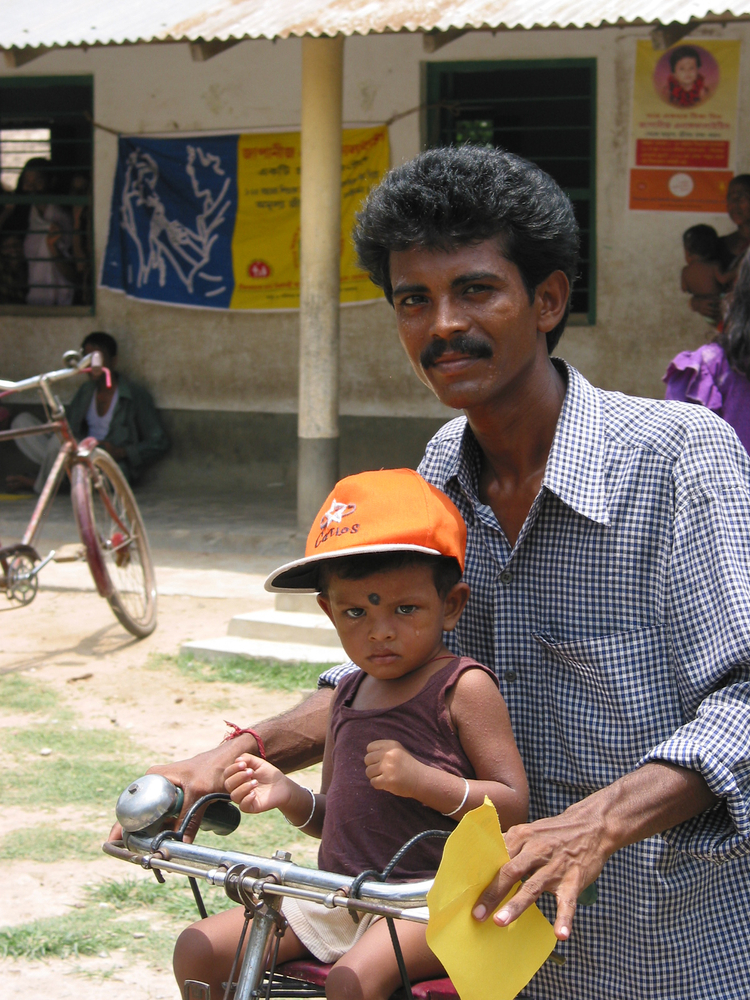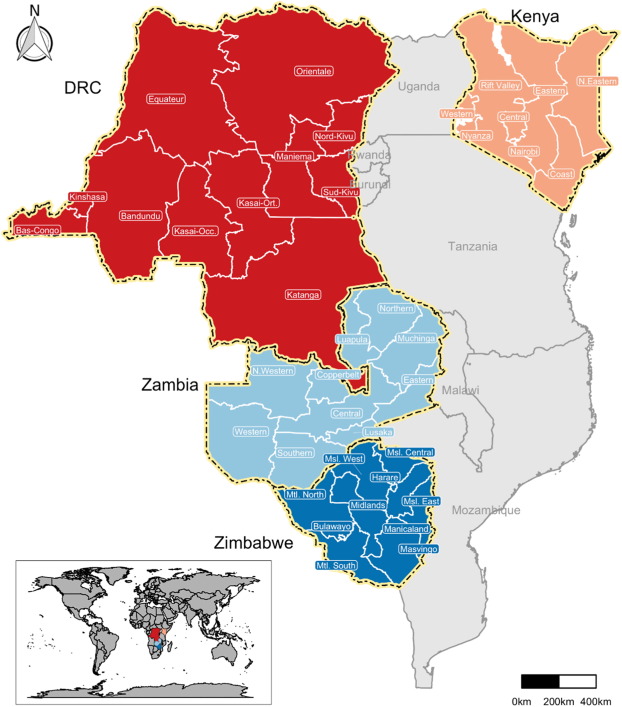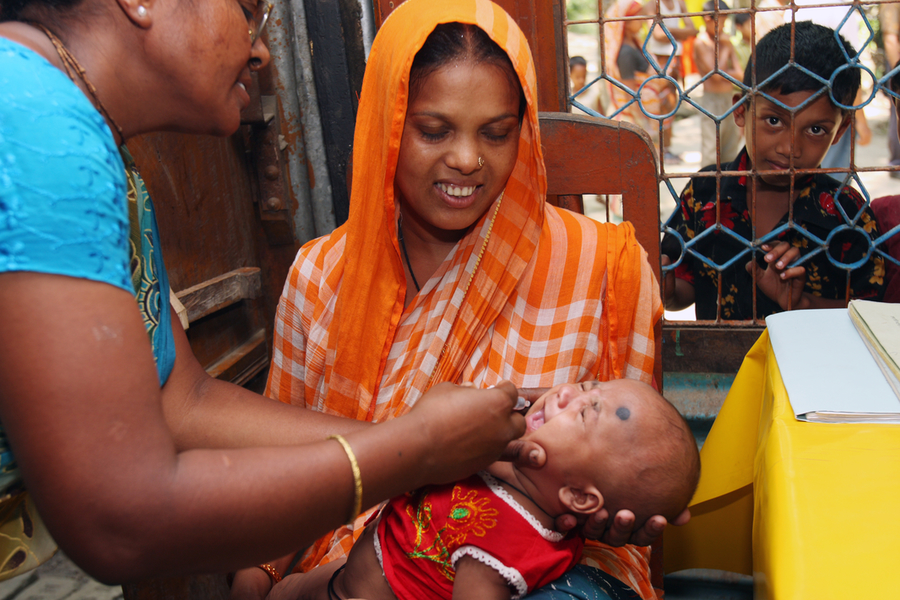A reminder about how critical vaccines are in the fight against diarrhea
|

A father stands with his recently vaccinated child in West Bengal, India. In settings where sanitation and medical care can be difficult to access, vaccination is the best form of protection against illnesses like diarrhea. Photo: PATH/Julie Jacobson.
This week, I’m pleased to be one of the opening plenary speakers at the 10th International Conference on Vaccines for Enteric Diseases as it gives me a chance to talk about one of my favorite topics – the latest advances in vaccines to defeat diarrhea. The conference is also a great reminder for me to take a step back and think about why we’re doing this work in the first place.
In settings where medical care can be difficult to access, prevention through vaccination is the best way to protect children against the leading causes of severe diarrhea. Vaccines against rotavirus are making a major impact on public health. Swift and significant declines in hospitalizations and deaths due to rotavirus and all-cause diarrhea have been observed in many countries with rotavirus vaccines in their national immunization programs. In addition, cholera vaccines are a critical and complementary prevention and control measure that countries are implementing to address outbreaks.
Vaccines in development against other common enteric pathogens also hold great potential. Enterotoxigenic Escherichia coli (ETEC) and Shigella, leading causes of bacterial diarrhea, are among the top five pathogens causing moderate-to-severe diarrhea among children in Africa and South Asia. No vaccines to protect against ETEC and Shigella are licensed yet, though several are under development, including several at PATH. Even a single episode of severe illness from these pathogens can lead to dehydration, malnutrition, and repeated illnesses, as well as longer-term impacts such as impaired physical and cognitive development in young children. In low-resource countries, where access to medical care is often limited, and inappropriate use of antibiotics is exacerbating the problem of bacterial pathogens, vaccines to prevent ETEC and Shigella hold dramatic potential.
Beyond vaccines targeting specific pathogens, I’m also excited about developments that may increase the effectiveness and efficiency of enteric vaccines. Novel adjuvants, which are ingredients that can help boost immune response, hold significant promise for inclusion in a number of enteric vaccines, such as a mucosal adjuvant called dmLT. And, potential combination enteric vaccine approaches, which would prevent illness from more than one pathogen with just a single vaccine course, would be attractive to countries that wish to maximize impact when considering the introduction of new vaccines.
About half a million children still die due to diarrhea each year, and millions more are hospitalized, primarily in low-resource countries. In addition, many more children suffer from diarrheal disease-associated malnutrition and its adverse effects on physical and cognitive development that perpetuate the cycle of poverty. We must remember that vaccines are a critical part of the strategy to reduce the impact of diarrheal disease.














